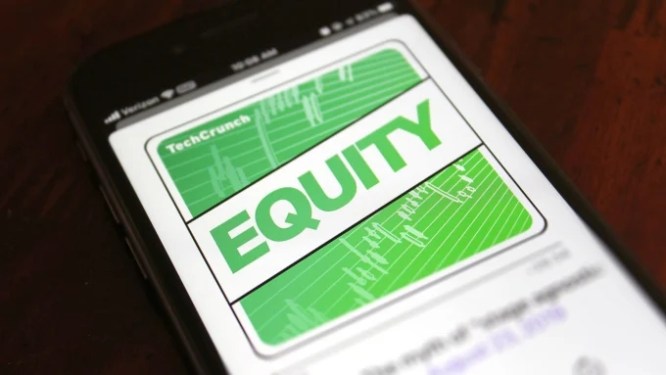The term "unicorn" was once reserved for startups that achieved a valuation of over $1 billion while still private. It seemed like an impossible feat, hence the mythical connotation. However, during the COVID-19 pandemic’s aftermath, venture capitalists let loose their pent-up energy, and unicorns became as common as oxen.
New Data Suggests Unicorns Are Back to Being Rare
Crunchbase’s recent data indicates that unicorns are once again a rare occurrence. In July, only two new unicorns were minted, which is less than one every two weeks. Compared to the heady days of 2021, when some months saw over 60 unicorns being created – more than two per day – we’re now nearly back to zero.
CB Insights’ data through June mirrors Crunchbase’s report, suggesting that this trend isn’t a fluke. However, it’s essential to note that unicorn creation has been slowing down since the second quarter of this year.
The Changing Landscape of Unicorn Creation
When Aileen Lee coined the term "unicorn" on TechCrunch in 2013, she noted that her team had uncovered 39 U.S.-based unicorns. At the time, given the bounds of her dataset (2003 to 2013), that worked out to four new unicorns per year and up to three ‘super-unicorns’ every decade.
Fast-forward to today, and we see that unicorn creation has increased significantly since then. But what’s more interesting is that the natural pace of unicorn creation might be returning to its pre-2021 levels. We’ll explore this idea further in the following sections.
Hypothesis: The Market Can Support More Unicorns Than Ever Before
One hypothesis is that if the market can support more new unicorns every year than it could in 2013 (and have them go public in a reasonable time frame), we won’t have to worry about things going back to those levels. It wouldn’t make any economic sense given all the VC money flowing into tech startups.
In fact, I believe that the technology industry is now capable of supporting more new unicorns and IPOs than it could in 2013, not to mention 2003. The market for software has grown exponentially since then, making it easier for companies to achieve unicorn status.
The Rise of Centaurs: A New Breed of Startups?
In recent years, we’ve seen a new breed of startups emerge – centaurs. These are companies that have achieved significant traction and revenue growth without necessarily reaching unicorn status. They might not be as flashy or attention-grabbing as unicorns, but they’re just as important in the startup ecosystem.
Centaurs often come from industries like software, healthcare, or fintech, where there’s a clear need for innovative solutions. They typically have a strong business model and are able to scale quickly, making them attractive to investors.
Why Unicorns Matter (Still)
While centaurs might be gaining attention, unicorns still hold significant importance in the startup world. Achieving unicorn status is often seen as a benchmark for success, demonstrating that a company has reached new heights in terms of growth and innovation.
Unicorns also have the potential to disrupt entire industries, creating new markets and changing the way we live and work. Their impact on the economy can be substantial, creating jobs, driving economic growth, and pushing the boundaries of what’s possible with technology.
Conclusion
In conclusion, unicorns might be back to being rare breeds, but their significance remains unchanged. As the startup ecosystem continues to evolve, it’s essential to understand the changing landscape of unicorn creation and the emergence of new breed startups like centaurs.
By exploring these trends and developments, we can gain a deeper understanding of what drives innovation and growth in the tech industry, ultimately shaping the future of entrepreneurship and business as a whole.



